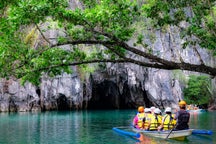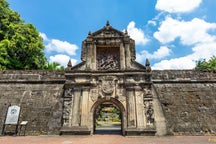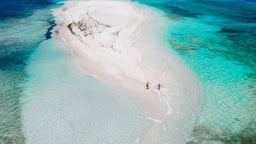
Dalton Pass, also known as Balete Pass, is a scenic mountain pass nestled between the provinces of Nueva Ecija and Nueva Vizcaya in Northern Luzon Region. This historic corridor cuts through the Caraballo Mountain Range and offers breathtaking views of forest-clad ridges, misty peaks, and winding roads—perfect for travelers seeking off-the-beaten-path beauty in the Philippines.
Aside from its panoramic landscapes, Dalton Pass is a site of great historical importance. It served as a strategic location during World War II, where fierce battles took place between Filipino-American forces and the Japanese army. Today, visitors can explore the Dalton Pass Memorial Shrine and see markers that honor the soldiers who fought and died here, adding a layer of meaning to the mountain’s natural charm.
Nature lovers can enjoy the area’s cool mountain breeze and diverse flora, with the pass serving as a gateway to the lush forests of the Cordillera and Sierra Madre ranges. Nearby attractions include the Imugan Falls in Nueva Vizcaya Province and the rice terraces of Nueva Ecija, making Dalton Pass an ideal stop for travelers heading to Central Luzon Region.
Whether you're a history buff, a nature enthusiast, or a road trip adventurer, Dalton Pass offers a unique blend of cultural depth and scenic wonder.









